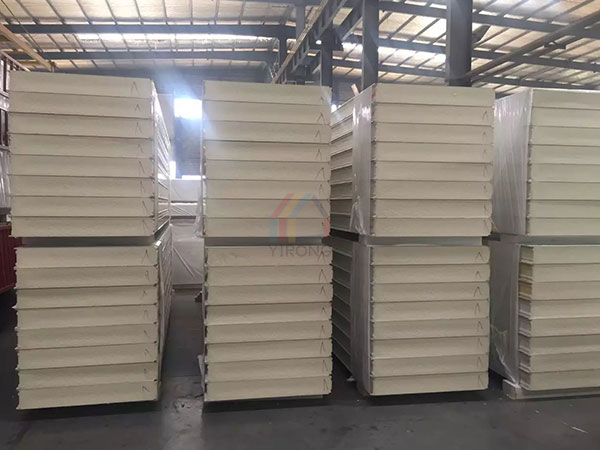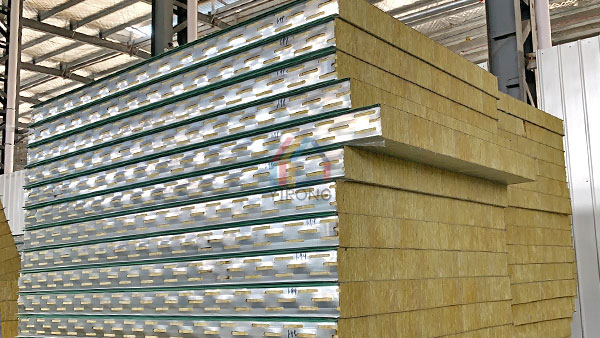Zhengzhou, Henan Province, China
Now Contact: Do you need PU/EPS/Rock Wool sandwich panels?
Zhengzhou, Henan Province, China
Now Contact: Do you need PU/EPS/Rock Wool sandwich panels?
Difference between polyurethane sandwich panel and rock wool sandwich board
1. Comparison of thermal conductivity
The thermal conductivity of polyurethane is 0.022 and that of rock wool is 0.046. From the perspective of space, to achieve the same insulation effect, polyurethane sandwich panels can save 56% of the wall space.
2. Comparison of flame retardancy
Rock wool can reach grade a fire protection, and the flammability of polyurethane sandwich board is grade B1. The fire protection performance of rock wool sandwich board is better than that of polyurethane sandwich panel.

3. Sanitary performance comparison
The polyurethane foam is uniform, and there is no possibility of hiding dirt in the board. Rock wool is a kind of flocculent soft material, which is easy to be parasitized by bacteria. It is rarely used in the food industry and the pharmaceutical industry.
4. Water absorption performance comparison
Polyurethane does not absorb water and can be directly immersed in water. The rock wool absorbs water seriously, the thermal insulation performance is reduced after absorbing water, and it is easy to cause bacterial growth. If it is used for a long time, it will cause pulverization. The aged rock wool is very harmful to human body.
5. Compressive strength comparison
Polyurethane sandwich board is formed by one-time foaming, with high strength. Taking 50mm thick polyurethane composite board as an example, in the area with wind load <1.7kn/m, the distance between the wall and the strip can reach 3m, which can greatly reduce the amount of steel used and reduce the cost.

6. Surface quality comparison
The polyurethane sandwich panel is produced by the factory continuous line. It is formed by one-time foaming. The bonding strength between the foam and the steel plate is large, which can maintain the stability of the size. The rock wool is bonded and compounded in the later stage, which is easy to open the glue and cause hollow phenomenon, thus making the plate surface uneven.
7. Comparison of panel thickness requirements
The rock wool sandwich board needs a very thick panel, which can be leveled only after the panel thickness is at least 0.7-0.8mm. The polyurethane sandwich panel is formed by one-time foaming, and the flatness of the panel is high. As long as the panel can achieve the mirror degree.
8. Comparison of construction simplicity
The density of rock wool is much heavier than that of polyurethane, which makes it more difficult to hoist during construction.